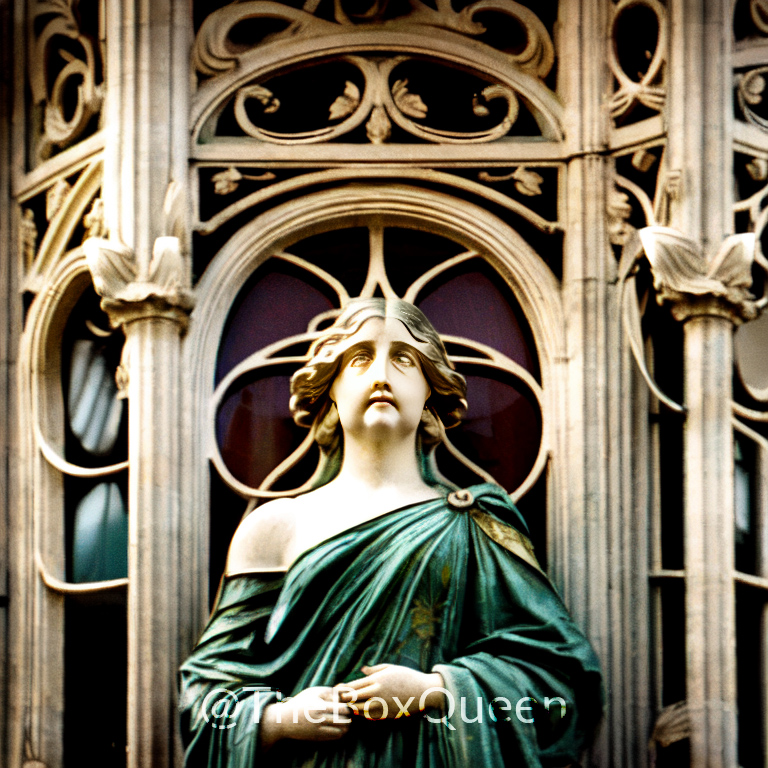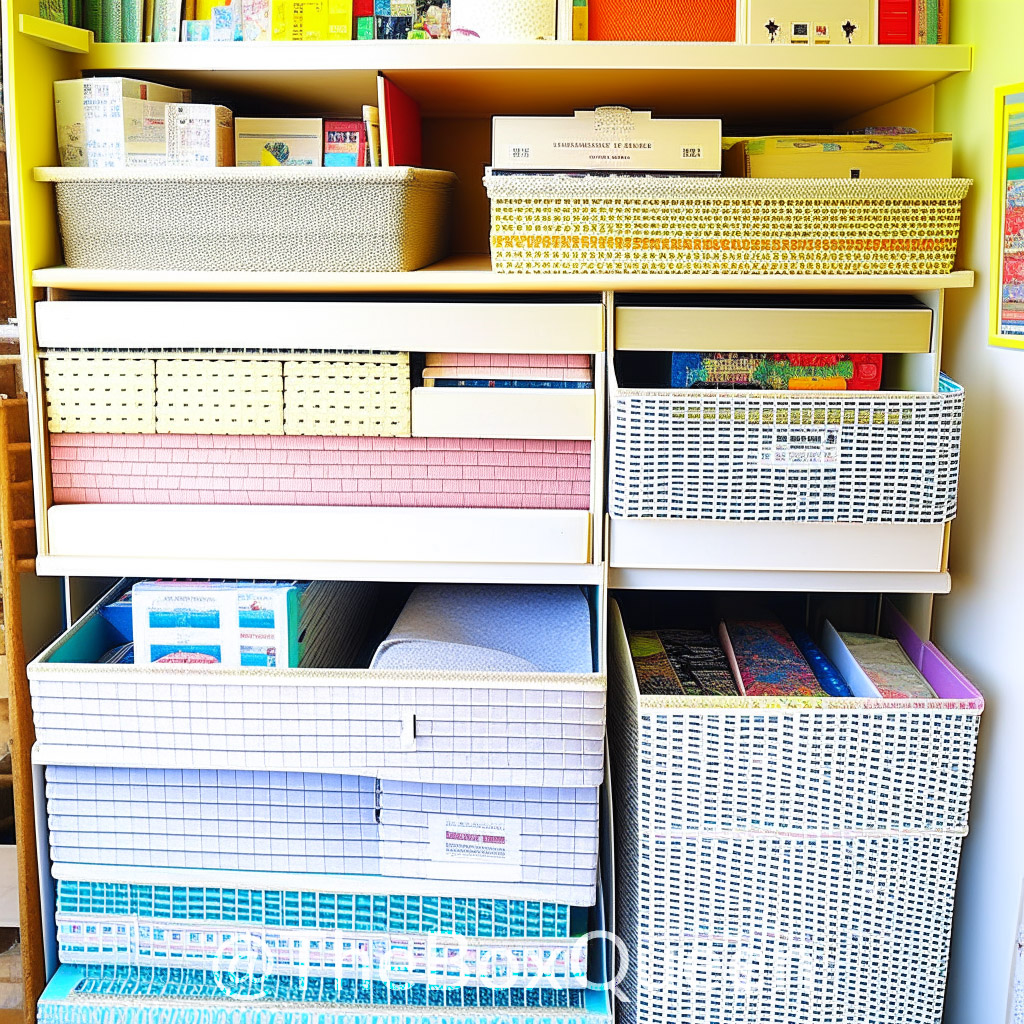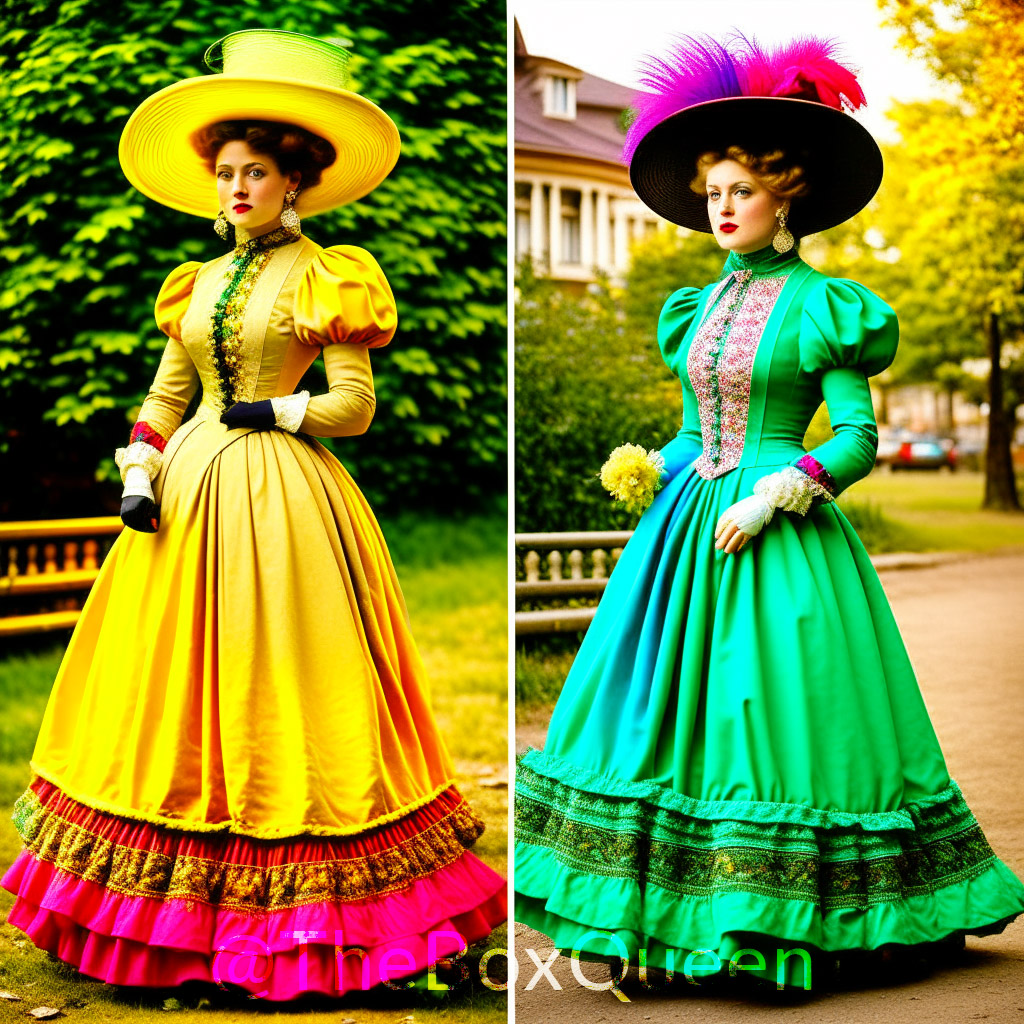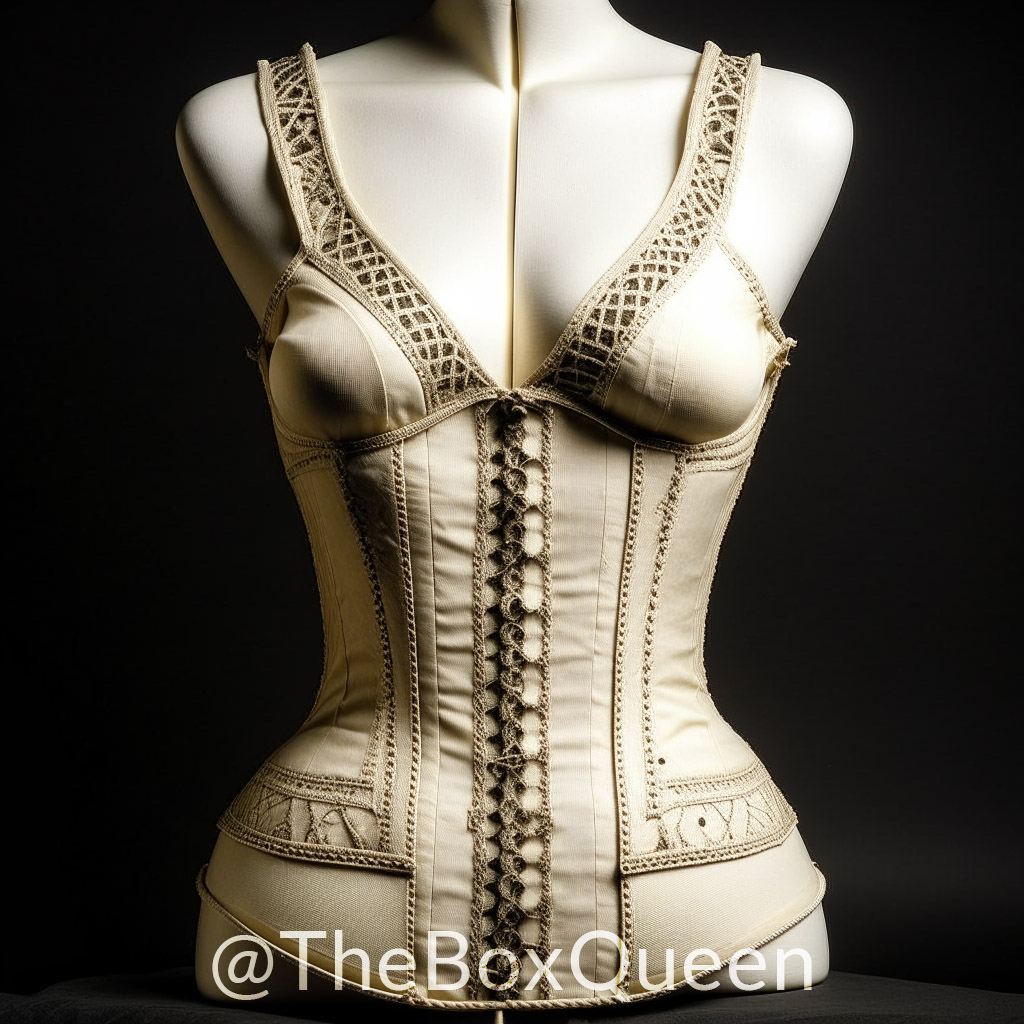The late 19th and early 20th century Art Nouveau movement is well known for its aesthetic advances in a variety of mediums, including architecture, decorative arts, and visual arts. The huge impact it had on men’s fashion is one facet that is frequently disregarded. Men’s clothing used the Art Nouveau movement’s emphasis on organic shapes, sweeping lines, and elaborate patterns, giving rise to a distinctive and alluring look that broke away from the rigid traditions of the past. This essay investigates the world of Art Nouveau menswear, looking at its sources of inspiration, materials, colors, and decorations, as well as its ongoing impact on contemporary design A comprehensive Guide.
Origins and Inspirations:
The late 19th-century European Art Nouveau movement served as the general inspiration for Art Nouveau men’s fashion. The movement intended to highlight the beauty of nature by using organic and flowing forms in diverse artistic manifestations, which was a protest against the academic styles of the time.
Men’s clothing was decorated with motifs drawn from flora, animals, and other natural aspects as a result of this rediscovered respect for nature. Intricate patterns and embroidery frequently featured images of leaves, flowers, vines, and flowing water, adorning shirts, waistcoats, and accessories.
Colors and Fabrics:
Choosing the right fabrics was crucial to capturing the spirit of Art Nouveau. Soft, flowing fabrics that flowed gently and allowed for fluid lines and shapes were frequently used in men’s clothing at this time. Silk was a preferred material because it matched the movement’s emphasis on elegance and refinement and is noted for its sumptuous feel and natural brilliance.
Velvet was also a material of choice for coats and jackets due to its soft texture and deep hues. Its capacity to both reflect and absorb light gave the elaborate Art Nouveau patterns on the clothing depth and dimension, improving their aesthetic appeal.
The color scheme of Art Nouveau men’s clothing reflected the shades of the natural world in keeping with its relationship to nature. Popular selections included earthy hues like moss green, subdued browns, and deep purples. These hues suited the soft, natural textiles utilized in the clothing as well as the movement’s style.
Artistic Embellishments:
Men’s Art Nouveau clothing was renowned for its intricate decorations and attention to detail. Particularly important in emphasizing the movement’s organic patterns and themes was embroidery. Shirts and waistcoats had delicate flower motifs that gave the clothing a touch of class and complexity. The embroidery’s opulent and artistic appeal was further heightened by the use of metallic threads and beads.
In previous centuries, buttons and clasps were frequently disregarded, but in Art Nouveau men’s fashion, they became an artistic statement. These fasteners adopted distinctive shapes that reflected the movement’s focus on organic forms. These buttons, which drew their inspiration from natural objects like leaves, shells, and flowers, developed into little pieces of art that gave men’s clothing a whimsical touch.
Coats and Jackets:
With its flowing lines and distinctive designs, coats and jackets from the Art Nouveau era exhibited the movement’s aesthetic. A popular look at the period was the frock coat, a formal and elegant option frequently worn on special occasions. The frock coat had elaborate embroidery around its lapels, which emphasized how elegant the outfit was.
Another popular option for daylight occasions, such as weddings and racing, was the morning coat, which had a larger tail in the rear and a curled front. Particularly the morning coat’s long back offered room for artistic decorations, and designers frequently added patterns and ornaments with a naturalistic theme.
The overcoat was a mainstay of men’s Art Nouveau clothing during inclement weather. The overcoat served as a canvas for artistic interpretations of the movement’s style in addition to adding an extra layer of warmth. These jackets were embellished with delicate embroidery and distinctive fastenings, making them eye-catching works of wearable art.
Cravats and Ties:
During the Art Nouveau era, neckwear also saw revolutionary alterations. The cravat, a broad, flowing neckcloth that became a popular accessory among fashion-conscious men, frequently took the place of the traditional necktie. The vast surface area of the cravat allowed for elaborate patterns and decorations, enabling artistic expression.
The cravat was frequently embellished with nature-inspired designs and gentle, harmonious color palettes, just like the rest of Art Nouveau men’s clothing. The elaborate patterns of the cravats reflected the aesthetic of the movement as a whole, giving men a chance to express their love of art and nature via their attire.
Art Nouveau Influence Today:
Art Nouveau’s impact can still be seen in modern design, even though it finally gave way to more restrained trends in men’s clothing. Modern coat designs, shirt patterns, and accessories all feature flowing lines and natural motifs that are characteristics of the Art Nouveau aesthetic.
In addition, sophisticated embellishments and close attention to detail are still valued in contemporary fashion. Designers still use embellishments like embroidered designs, beading, and decorative buttons to turn menswear into wearable works of art.
Art Nouveau Men’s Fashion in Modern Times: A Revival of Artistic Elegance
Even though the Art Nouveau style peaked in the late 19th and early 20th centuries, its impact on men’s fashion is still seen today. Modern designers continue to be influenced by the movement’s aesthetic flair, organic shapes, and nature-inspired motifs, giving Art Nouveau menswear a fresh look for the twenty-first century. This essay examines how designers blend the Art Nouveau style into clothing, accessories, and the overall sartorial sensibility of today’s fashion-conscious men. It focuses on the rebirth of Art Nouveau men’s fashion in contemporary culture.
Reviving Nature-Inspired Patterns:
Art Nouveau menswear is known for its love of nature in the form of elaborate patterns and motifs. Designers frequently reimagine these parts of nature in contemporary clothing, producing modern patterns that honor the movement’s creative origins. Shirts, coats, and even ties include floral prints that are reminiscent of the delicate blossoms seen in Art Nouveau designs, adding a whimsical and refined touch to contemporary menswear.
Modern designers explore organic shapes other than flowers, such as flowing vines, abstract foliage, and stylised animal prints, expressing the fascination of Art Nouveau with the beauty of nature. Modern men can express their love of art and nature through their apparel thanks to these patterns’ richness and aesthetic intrigue.
Modern Silhouettes with Art Nouveau Touches:
The essence of Art Nouveau menswear is found in its flowing lines and beautiful forms, yet modern fashion frequently alters these features to fit current tastes and lifestyles. Modern men’s fashion is dominated by tailored suits and coats, reflecting the movement’s emphasis on refinement. To produce a new and modern look, however, designers play around with proportions and lengths while adding distinctive elements and aesthetic accents.
For instance, modest embroidery or Art Nouveau-inspired lapels could be added to a traditional suit to provide a touch of creative refinement without detracting from the modern silhouette. Men can add creative details to their particular style and create outfits that stand out and represent their appreciation of history and beauty by incorporating Art Nouveau features into contemporary tailoring.

Artistic Embellishments for a Touch of Luxury:
The use of creative embellishments in contemporary menswear also reflects the spirit of Art Nouveau and adds a touch of luxury. Garments continue to be elevated by the addition of appliqué, beading, and embroidery, making them into wearable pieces of art. Intricate beading on evening jackets, elaborate needlework on dress shirts, and appliquéd motifs on ties are just a few examples of how art and fashion are combined in modern menswear.
Additionally, buttons and clasps get special attention from designers, who provide distinctive fastenings that include forms inspired by nature. Modern men’s fashion is further elevated by these minute yet important elements, showing a great regard for craftsmanship and creative expression.
influence on Accessories and Beyond:
The Art Nouveau men’s fashion renaissance affects not just clothing but also accessories. Men have the chance to exhibit their creativity through their choice of neckwear thanks to the patterns and designs that are frequently seen on ties and bow ties that are inspired by the movement’s aesthetics. The entire look is completed with an artistic flourish thanks to the Art Nouveau-inspired patterns on the scarves, belts, and pocket squares.
Beyond specific items, modern men’s overall sartorial sensibility can be traced to Art Nouveau. Modern men who want to express themselves through their dress choices relate to the movement’s emphasis on elegance, care for the little things, and celebration of individuality. The resurgence of traditional tailoring and the addition of creative details to menswear are signs of a larger cultural change toward valuing fine craftsmanship and accepting fashion as a means of individual expression.
Conclusion:
Attractive blending of artistic expression and the beauty of nature may be seen in Art Nouveau menswear. Art Nouveau menswear provided a distinctive and creative approach to dressing by eschewing the rigidity of earlier eras and embracing flowing lines and natural elements. Men’s clothes gained a touch of whimsy and elegance because to the movement’s emphasis on subtle details and organic forms, and its influence on contemporary design continues to inspire creative and avant-garde fashion trends. The continued popularity of nature-inspired aesthetics and the ability of clothing to capture the essence of historical artistic movements are both evidenced by the men’s fashion from the Art Nouveau era.




